
by Carolina González | Sep 11, 2016 | Horses, Traditions
Gaucho normally denotes the residents or inhabitants of the South American pampas or grasslands. They are almost like the North American “cowboy” who have the genuine profession of herding the cattle and practice hunting to meet their economic needs.
Gauchos are nowadays considered as the symbol of the national pride of Argentina. They are tremendous horse riders and famous for their distinctive and conventional costumes.The Gauchos of Argentina love to eat beef along with the herbal infusion prepared from Yerba and feel delighted to roam with their horses in the massive grasslands of the country. The fascinating features of the Gauchos of Argentina are their traditional clothing items that mainly include “espadrilles” originally made with black canvas but are now produced with a wide range of colours and patterns; some are made with a rubber sole.
The bombachas are actually trousers made with strong cotton fabric traditionally in beige, white and black colors. These trousers can be easily be identified because of the button they have at the ankle which is used to narrow them.
Without horse boots the traditional gaucho dress is never completed. Sometimes these traditional horse boots were having no heels and were open at the ends while some were made of leather with heels and they were known as “patriotic boots”. The northern Argentine gaucho boots often have folds that resemble bellows, i.e. leather legs “cordoned off” as a way of defending the forest and possible snake bites.
Gauchos of Argentina had the trend to wear their traditional pants particularly by women. These loose pants are like Capri pants and are normally knee lengths having a woven cuff with “guarda pampa” design, as well as a high and wide belted waist. The women of Argentina traditionally love to wear the costumes prepared with embellished patterns and in bright colors.
The warrior Gaucho costume is truly symbolic in Argentina as an emblem of prestige and the Argentine people feel proud on their traditional dress.
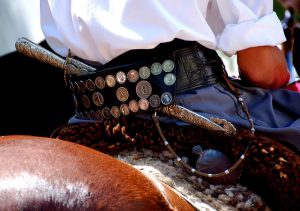
The Gaucho Clothing Store – Providers of authentic traditional gaucho clothing and gear
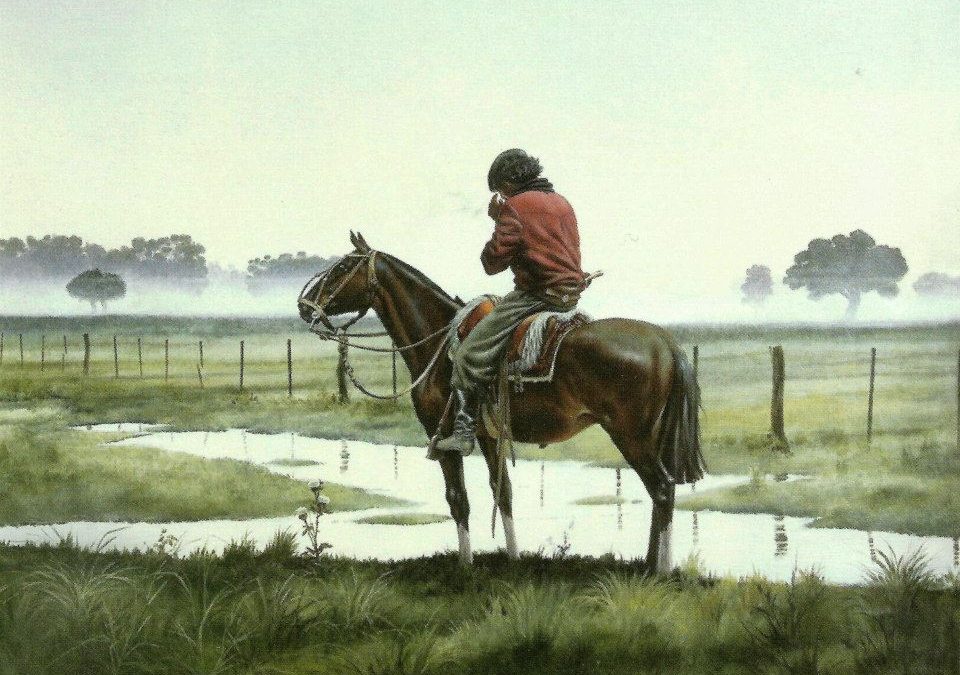
by Carolina González | Aug 29, 2016 | Estancias, Horses, Las Pampas, Traditions, Travel
Estancia relax in the Pampa Region
The Pampa is home to one of the most enduring images of Argentina: the gaucho on horseback, roaming the plains. All over the pampas there are quiet, unspoiled towns where gaucho culture is still very much alive. One of impeccably preserved gaucho towns very much worth visiting are San Antonio de Areco. The former is home to expert craftsmen, working silver and leather in the traditional gaucho way.
Many estancias are located in the Pampas region, the fertile South American lowlands covering more than 289,577 square miles. This region produces some of the best polo ponies in the world.
With a lack of beach destinations in Argentina, estancias also fulfil the role of being a place to come and relax. Beautifully trimmed gardens surrounding swimming pools and the ‘make yourself at home’ approach of many owners provides a lovely opportunity to take it easy during your Argentina trip.
The estancias offer many different activities. Some estancias, such as Estancia El Colibri and Estancia Villa Maria, El Ombu de Areco, Estancia Hotel Cecilia those allows guests to get involved with traditional activities with horses and the meals are based around the traditional Argentine ‘asados’ (barbecues) and ‘pucheros’ (stews).
You can check here about a complete Tour San Antonio de Areco with Estancia
Also if you prefer just to spend the day at an Estancia near Buenso Aires: Estancia el Ombú with transportation from Buenos Aires
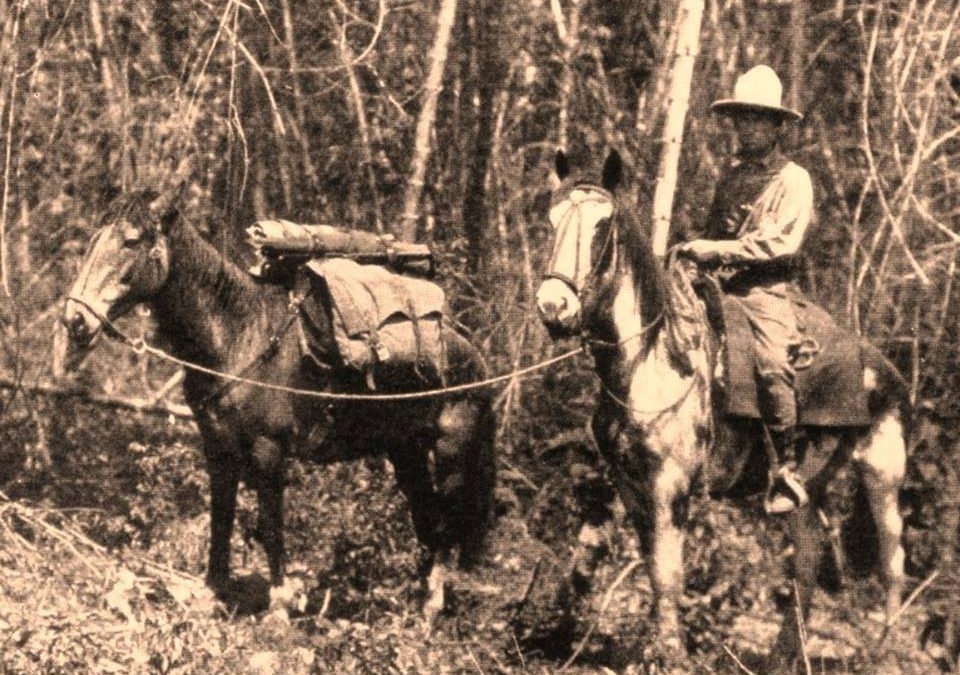
by Carolina González | Aug 9, 2016 | Horses
Horse’s national day is on the 20th of September: This festival is an initiative of the Equestrian Federation of Argentina. This recognizes the importance of this animal in the country’s history and, at the same time , it is a tribute to its participation in the historical, economic , and sports organization in Argentina . The date recalls the arrival of Aimé Felix Tschiffely with his horses Mancha and Gato to New York.The Swiss rider made an intense journey through the American continent, a journey which lasted from April 1925 until September 1928 and that allowed him to demonstrate the resistance of Criollo horses .Gato and Mancha lived until his death in Estancia El Cardal , along with the remains of the foreign teacher that took them far over the Argentinian horizons , and they are a symbol of devotion and loyalty to a noble cause that made history. Today they are embalmed in the Museum of Luján
DÍA NACIONAL DEL CABALLO, 20 de septiembre
Este festejo es una iniciativa de la Federación Ecuestre Argentina; se reconoce así la importancia de este animal en la historia del país y, a la vez, en homenaje a su participación en la organización histórica, económica, y deportiva de la Argentina. La fecha recuerda la llegada de Aimé Félix Tschiffely con los caballos Gato y Mancha a Nueva York.
Este jinete suizo realizó un intenso itinerario por la geografía americana,en un recorrido que se prolongó desde abril de 1925 hasta septiembre de 1928 y que le permitió demostrar la resistencia de los caballos criollos.
Gato y Mancha, vivieron hasta su muerte en la estancia El Cardal, junto a los restos del andariego profesor extranjero que los llevó por horizontes lejanos a la Argentina, y son un símbolo de la entrega y la fidelidad del caballo a las causas nobles que hicieron historia. Hoy se encuentran embalsamados en el Museo de Luján.
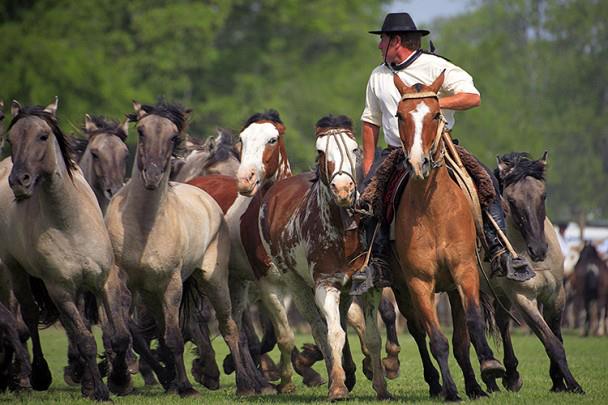
by Carolina González | Aug 9, 2016 | Events, Horses, Las Pampas, Traditions
The town besides being a cultural landmark of tradition, it is home since 1939 of the Tradition Festival , the oldest gaucho celebration of Argentina . This is a national event which starts eight days before the Week of Tradition and closes with an impressive parade of civilians and gaucho skills in the Ricardo Güiraldes Criollo Park.It is a festival in which Areco is shown with its own identity and where the only protagonists are the peasants , artisans , musicians , dancers and artists: pure and genuine folklore , which has allowed the arequeros to be custodians of the noble traditions that make the Argentinian identity . The gaucho , proud of the past, renovates in the Tradition Festival its commitment to a certain lifestyle .
SPANISH:
El Pueblo además de ser un mojón cultural de la tradición, es sede desde 1939 de la Fiesta de la Tradición, la celebración gaucha más antigua de Argentina. Se trata de un acontecimiento nacional que se inicia ochos días antes con la Semana de la Tradición y cierra a lo grande con el impresionante desfile de paisanos y las destrezas gauchas en el Parque Criollo Ricardo Güiraldes.
Es una festividad en la que Areco se muestra con su propia identidad y donde los únicos protagonistas son los paisanos, artesanos, músicos, bailarines y artistas: folclore puro y genuino, que le ha permitido a los arequeros ser custodios de las nobles tradiciones que componen el ser argentino. El gaucho, orgulloso del pasado, renueva en la Fiesta de la Tradición su compromiso por un estilo de vida.
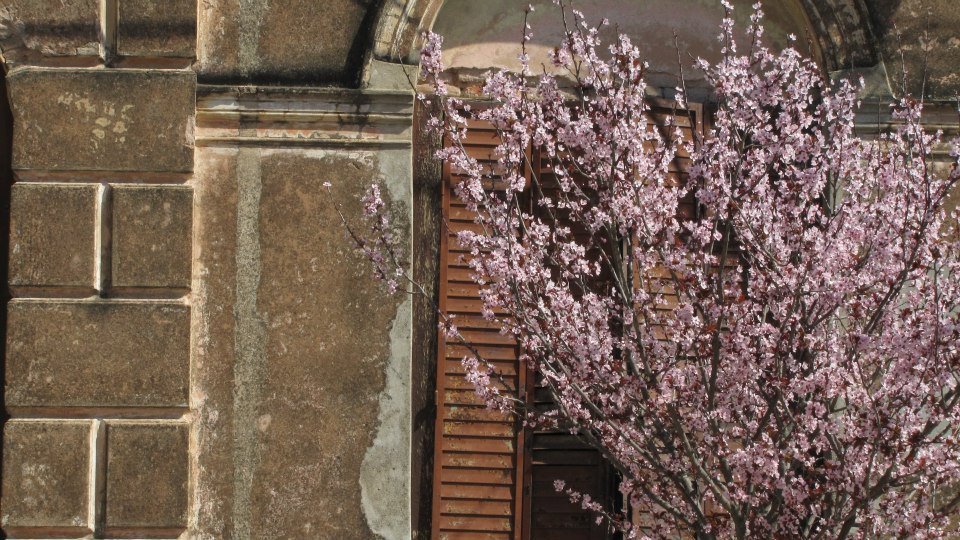
by Carolina González | Aug 1, 2016 | Estancias, Horses, Las Pampas, Traditions, Travel
The historical center: In 1978 the rural town of Areco began a phase of patrimonial protection of the architecture.
A lot of buildings of creole style were rescued. The Patrimonial Protection Zone was transformed in time into one of the biggest turistical attractions.
In 1999 San Antonio de Areco was declared by the Presidency of the Nation a Historical Town of National Interest. To walk through the town’s atmosphere is a charming experience.
SPANISH:
En 1978 Areco inicio una etapa de protección patrimonial arquitectónica sin parangón en la región. Numerosos edificios de estilo criollo italianizado fueron rescatados y puestos en valor. La Zona de Preservación Patrimonial se convirtió con el tiempo en una de las atracciones del pago. El esfuerzo se coronó en 1999 cuando por Decreto de la Presidencia de la Nación, San Antonio de Areco fue declarado Poblado Histórico de Interés Nacional. Caminar dentro de esta atmósfera es una experiencia encantadora.

by Carolina González | Aug 1, 2016 | Horses, Las Pampas, Traditions, Travel
Tourism San Antonio de Areco.
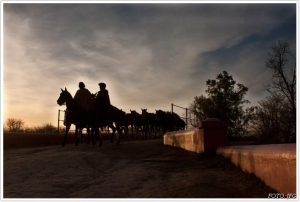
Year 1968, newspaper “La Nación” promotes tourism in San Antonio de Areco. The Tourism management of the Buenos Aires province publishes in the graphic media the advertising for visiting the town of San Antonio de Areco. The town and the museum named “Ricardo Guiraldes” generated in those years a magnetism that still exists. If you want to learn more about this town and its gaucho traditions and culture, you can visit the webpage sanantoniodeareco.travel.
SPANISH:
Año 1968; diario “La Nación”. La entonces Dirección de Turismo de la Provincia de Buenos Aires, publica en los medios gráficos la promoción para visitar San Antonio de Areco. El pueblo y el Museo “Ricardo Güiraldes” generaban por aquellos años, un magnetismo que continua vigente.








